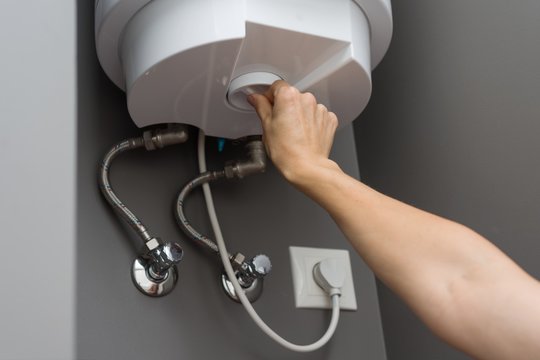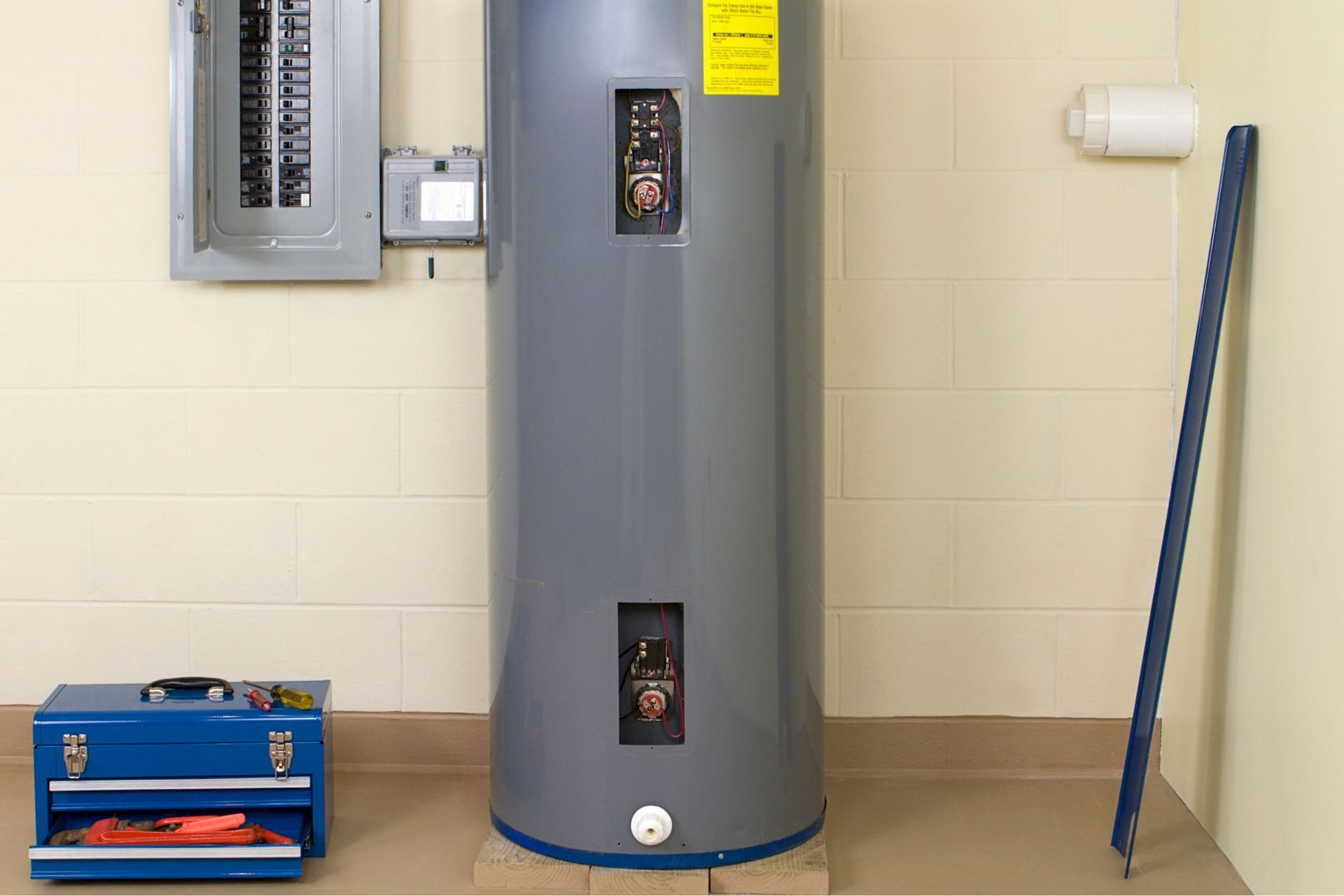Simple Guide to Caring for Your Home's Hot Water System
Simple Guide to Caring for Your Home's Hot Water System
Blog Article
Just about everyone maintains their own unique theory about How to Maintain Your Water Heater & Prolong its Life.

Hot water is crucial for everyday convenience, whether it's for a rejuvenating shower or cleaning meals. To ensure your warm water system runs efficiently and lasts much longer, regular upkeep is key. This post offers practical ideas and insights on how to keep your home's warm water system to prevent interruptions and pricey repair work.
Introduction
Maintaining your home's hot water system may appear complicated, but with a few easy steps, you can ensure it runs efficiently for years to find. This overview covers everything from understanding your warm water system to DIY upkeep tips and understanding when to employ expert help.
Significance of Keeping Your Hot Water System
Normal maintenance not only expands the life-span of your hot water system however also ensures it operates efficiently. Overlooking maintenance can cause reduced efficiency, greater energy costs, and even premature failing of the system.
Indicators Your Warm Water System Requirements Upkeep
Understanding when your warm water system needs attention can stop significant issues. Look out for indicators such as irregular water temperature level, weird sounds from the heating system, or rustic water.
Purging the Hot Water Heater
Purging your hot water heater removes debris build-up, improving performance and prolonging its life.
Checking and Changing Anode Rods
Anode poles stop rust inside the container. Evaluating and replacing them when worn out is important.
Complex Issues Requiring Expert Assistance
Instances include major leakages, electrical issues, or if your water heater is constantly underperforming.
Routine Expert Upkeep Perks
Expert upkeep can include thorough assessments, tune-ups, and guaranteeing compliance with safety and security requirements.
Inspecting and Changing Temperature Settings
Readjusting the temperature level setups guarantees ideal performance and safety and security.
DIY Tips for Upkeep
You can execute numerous maintenance jobs on your own to maintain your hot water system in top condition.
Checking for Leakages
Frequently evaluate pipes and connections for leakages, as these can bring about water damages and greater expenses.
Recognizing Your Warm Water System
Prior to diving right into upkeep jobs, it's handy to understand the fundamental components of your warm water system. Generally, this consists of the hot water heater itself, pipelines, anode poles, and temperature controls.
Monthly Maintenance Tasks
Normal monthly checks can assist capture small concerns prior to they rise.
Testing Stress Relief Valves
Examining the pressure safety valve guarantees it functions appropriately and avoids too much pressure accumulation.
Insulating Pipelines
Shielding hot water pipelines decreases warmth loss and can save power.
When to Call a Specialist
While DIY maintenance is advantageous, some concerns require expert expertise.
Verdict
Regular maintenance of your home's warm water system is important for performance, longevity, and expense financial savings. By following these suggestions and recognizing when to seek specialist help, you can guarantee a dependable supply of hot water without unanticipated interruptions.
How to Maintain an Instant Hot Water Heater
Before tinkering with your hot water heater, make sure that it’s not powered on. You also have to turn off the main circuit breaker and shut off the main gas line to prevent accidents. Also turn off the water valves connected to your unit to prevent water from flowing into and out of the appliance. 2. When you’re done, you have to detach the purge valves’ caps. These look like the letter “T†and are situated on either side of the water valves. Doing so will release any pressure that has accumulated inside the valves while at the same time avoid hot water from shooting out and burning your skin. 3. When the purge valves’ caps are removed, you have to connect your hosing lines to the valves. Your unit should have come with three hoses but if it didn’t, you can purchase these things from any hardware or home repair shops. You can also get them from retail stores that sell water heating systems. Read the user’s manual and follow it to complete this task properly. When the hosing lines are connected, open the purge port’s valves. 4. You should never use harsh chemical cleaners or solutions when cleaning your unit. Make use of white vinegar instead. It should be undiluted and you’ll probably use about 2 gallons. 5. Now flush your water heater. This task should probably take about 40 minutes. We can’t give you specific directions for this because the procedure is carried out depending on the type, model and brand of your heater. With that being said, refer to the user’s manual. 6. When you’re done draining the unit, you have to turn off the purge port valves again. Remove the hosing lines that you earlier installed on each of the water valves. Put the valve caps (purge port) back in their respective places and be very careful so as not to damage the rubber discs that are found inside these caps. 7. Now that everything’s back in place, check your user’s manual again to find out how to reactivate your water heating system. 8. Once it is working, turn one of your hot water faucets on just to let air pass through the heater’s water supply pipes. Leave the tap on until water flows smoothly out of it. https://www.orrplumbing.com/blog/2014/september/how-to-maintain-an-instant-hot-water-heater/

I recently found that blog posting on Water Heater Maintenance Tips You Can't Afford to Forget when doing a search on the search engines. Do you know about another person who is interested by the niche? Why not share it. I thank you for your readership.
Call Today Report this page